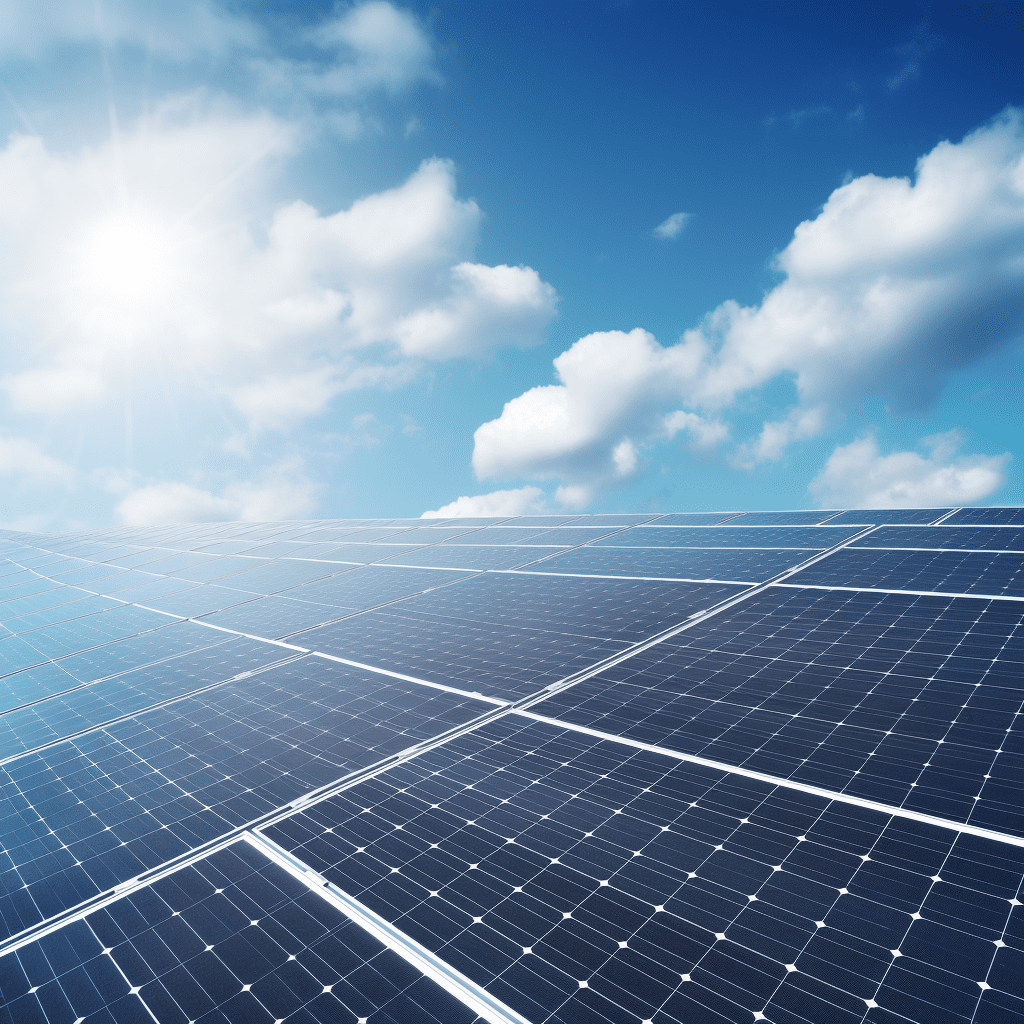In the realm of solar system design, the elevation angle stands out as a pivotal factor that influences the efficiency and effectiveness of photovoltaic (PV) systems. This article delves into the significance of the elevation angle, exploring how it impacts solar energy production and providing insights into optimizing solar system performance.
What is Elevation Angle?
The elevation angle is defined as the vertical angle between the sun and the horizontal plane at a specific location. It represents the height of the sun in the sky relative to an observer’s horizon. This angle varies throughout the day and year, influenced by factors such as geographic location, time of day, and season.
Understanding the elevation angle is crucial for solar system design because it directly affects the amount of solar radiation that reaches solar panels. By analyzing and optimizing this angle, we can significantly enhance the efficiency of solar energy systems.
Why Elevation Angle Matters in Solar System Design
1. Maximizing Solar Energy Capture
The primary goal of any solar system is to capture and convert as much sunlight into electrical energy as possible. The elevation angle determines the optimal tilt and orientation of solar panels. At higher elevation angles, sunlight strikes the panels more directly, leading to increased energy absorption. Conversely, when the sun is lower in the sky, the angle of incidence becomes more acute, reducing energy capture efficiency. By adjusting solar panel tilt to match the elevation angle throughout the year, we can maximize the energy yield.
2. Seasonal Variations
The elevation angle changes with the seasons due to the tilt of the Earth’s axis. During summer months, the sun is higher in the sky, resulting in a higher elevation angle. This is when solar panels can capture more sunlight. In winter, the sun’s path is lower, causing a lower elevation angle and reduced sunlight exposure. Properly accounting for these seasonal variations in elevation angles allows for designing solar systems that can adapt to these changes and maintain optimal performance year-round.
3. Accurate Energy Production Estimates
To forecast the energy production of a solar system accurately, it is essential to consider the elevation angle. By incorporating data on the elevation angle into energy models, we can estimate the amount of solar radiation the panels will receive at different times of the day and throughout the year. This allows for better planning and ensures that the solar system meets energy production targets.
4. Reducing Shadows and Obstructions
Elevation angle also plays a critical role in minimizing shading and obstructions. When solar panels are properly aligned with the sun’s elevation angle, they are less likely to be affected by shadows cast by nearby objects such as trees or buildings. This alignment helps in maximizing the amount of direct sunlight the panels receive, thereby enhancing overall system efficiency.
How to Calculate and Utilize Elevation Angle
1. Calculating the Elevation Angle
The elevation angle can be calculated using the following formula:
Elevation Angle=arcsin(sin(Latitude)×sin(Declination)+cos(Latitude)×cos(Declination)×cos(Hour Angle))
Where:
- Latitude is the geographic latitude of the location.
- Declination is the angle between the rays of the sun and the plane of the Earth’s equator.
- Hour Angle is the measure of time since solar noon, expressed in angular distance (degrees).
2. Utilizing Elevation Angle in Solar Panel Design
Once the elevation angle is determined, it should be used to optimize the tilt and orientation of solar panels. Solar panel mounting systems can be adjusted to align with the elevation angle to capture maximum sunlight. Additionally, using solar tracking systems that adjust panel angles throughout the day can further enhance energy capture by maintaining optimal alignment with the sun’s elevation.
3. Incorporating Elevation Angle Data into Solar Energy Models
Energy models and simulation software can integrate elevation angle data to provide more accurate predictions of energy output. By inputting geographical location, seasonal data, and elevation angles into these models, designers can create precise simulations that reflect real-world performance, aiding in the design of efficient and effective solar systems.
Impact of Elevation Angle on Different Solar Technologies
1. Fixed-Mount Solar Panels
Fixed-mount solar panels benefit from optimal tilt adjustments based on elevation angle data. Panels can be set at an angle that maximizes exposure to sunlight during peak production hours. Seasonal adjustments may be necessary to maintain efficiency throughout the year.
2. Solar Trackers
Solar trackers, which adjust the orientation of solar panels to follow the sun’s movement, rely heavily on accurate elevation angle calculations. These systems can adjust panel positions in real-time to align with the sun’s elevation angle, ensuring consistent energy capture and improved overall system performance.
3. Concentrated Solar Power Systems
Concentrated Solar Power (CSP) systems, which use mirrors or lenses to focus sunlight onto a small area, also benefit from precise elevation angle calculations. The efficiency of CSP systems is highly dependent on accurately directing concentrated sunlight onto the receiver, making elevation angle a critical factor in their design and operation.
Conclusion
The elevation angle is a fundamental parameter in solar system design that directly impacts the efficiency of solar energy production. By understanding and optimizing the elevation angle, we can enhance solar panel performance, accurately estimate energy production, and reduce shading effects. Whether designing fixed-mount systems, solar trackers, or concentrated solar power systems, incorporating elevation angle data into the design process is essential for maximizing solar energy utilization and achieving sustainable energy solutions.
By integrating precise elevation angle calculations and adjustments into solar system designs, we can unlock the full potential of solar energy, ensuring that solar projects are both efficient and sustainable.




